Namibia’s varied landscapes of deserts, savannas, wetlands, and coastal regions provide the perfect habitats for an astounding array of bird species. Endemic and specialty species, waterbirds, raptors, and migratory species all add up to make the country a bucket-list destination for birdwatchers and wildlife enthusiasts. Join us as we take a closer look at 10 birds you’re likely to spot on a safari in Namibia.
1. Secretary Birds
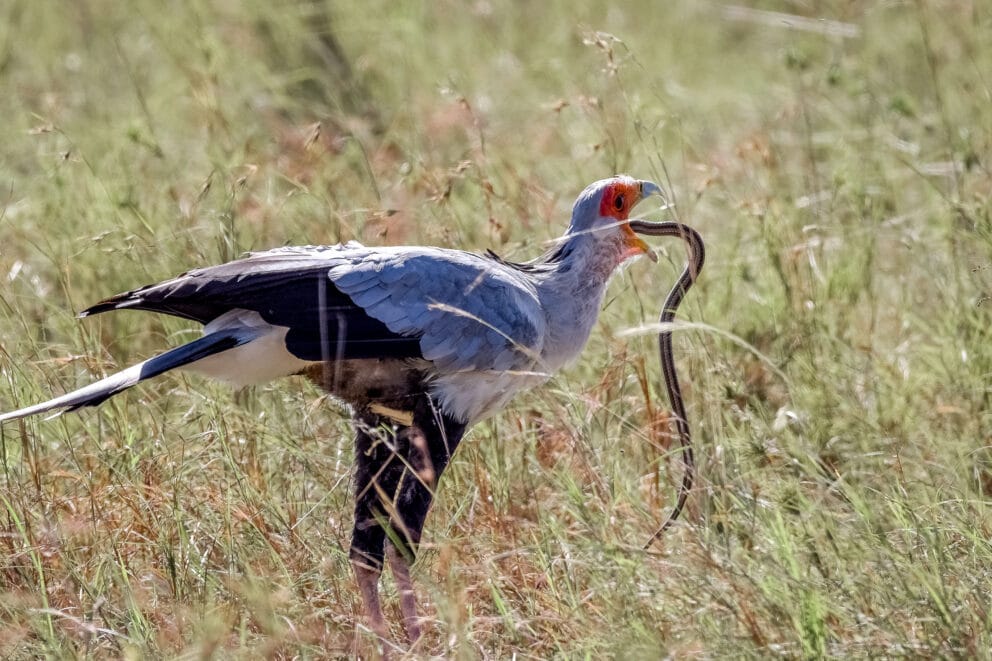
Secretary birds are among the tallest birds of prey, with a height of about 4.3 to 4.9 feet. They’re easily recognizable by their gray body feathers, long black feathers on their legs, and a distinctive crest on their heads. Commonly found in open grasslands, savannas, and arid regions, they prefer habitats with sparse tree cover. Primarily terrestrial, they use their powerful legs and sharp talons to stomp on the ground, which flushes out prey such as insects, snakes, rodents, and lizards. This bird is often considered a symbol of strength and protection in some African cultures.
2. Rüppell’s Korhaan
Also known as Rüppell’s Bustard, this bird is named after the German naturalist and explorer, Eduard Rüppell. It’s a medium-sized bird with a length of about 26 inches. Males and females have different plumage, with the female plumage being more cryptic, which helps her blend in with her surroundings. Typically found in open grasslands, savannas, and shrublands, this bird favors areas with tall grasses and scattered trees. The Rüppell’s korhaan is known for its distinctive courtship displays and vocalizations.
3. Monteiro’s Hornbill
Named after the Portuguese naturalist, José Monteiro, Monteiro’s hornbills are medium-sized birds with bright yellow facial skin, keratin structures called casques on their upper mandibles, and predominantly black bodies. Well adapted to the harsh conditions of arid and semi-arid regions, they thrive in areas such as deserts, savannas, and dry woodlands. They display an interesting foraging behavior, hopping about on the ground in search of prey like insects, small vertebrates, and even scorpions. In some local cultures, these birds feature in folklore and traditions.
4. Dune Lark
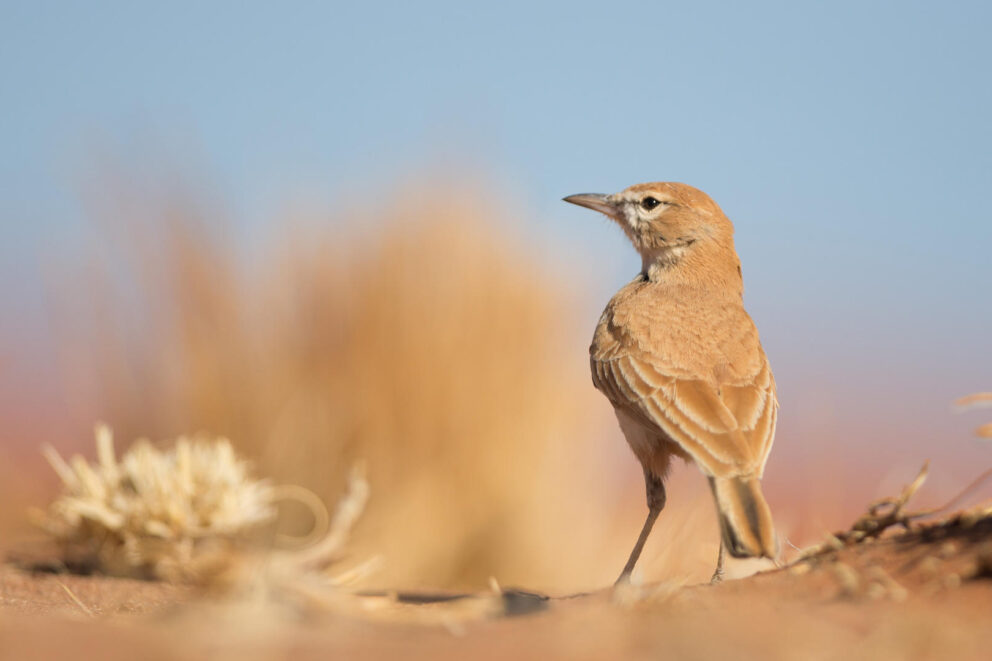
This small, critically endangered species is one of the rarest birds in the world. Its pale, sandy-brown plumage is cryptic, helping it blend into its natural environment, though its face features a distinctive black mask extending from its eyes to its throat. Exclusively found in the Namib Desert, dune larks exhibit a distinctive foraging behavior, using their bills to flip over sand particles in search of prey like tiny insects and other invertebrates. They build their nests on the ground in natural depressions and typically lay 2-3 eggs. Their small, fragmented population is threatened by habitat loss, especially mining.
5. Damara Tern
Endemic to a limited range along the southwestern coast of Namibia, this critically endangered species is named after the Damara people. Damara terns are strictly coastal, inhabiting the country’s rocky and sandy coastal areas, and are often spotted on islands and offshore rocks. Feeding primarily on fish, they can be observed hovering above the water’s surface before plunging into the water in pursuit of their prey. Breeding takes place in colonies, and their breeding season corresponds to the austral summer, when fish are plentiful. Conservation is crucial for their continued survival.
6. Hartlaub’s Spurfowl
Also known as Hartlaub’s Francolin, this medium-sized bird has an average length of about 16 inches. It’s easily recognizable by its distinctive and attractive plumage, which features rich brown upperparts, a black crown, neck and chest, white spots on the chest and white stripes on the flanks. Typically found in a variety of habitats such as woodland, savanna, grasslands, and thickets, these birds prefer areas with dense vegetation. Known for their secretive and cautious behavior, they primarily feed on seeds, grains, fruits, insects, and other small invertebrates.
7. Crimson-breasted Shrike
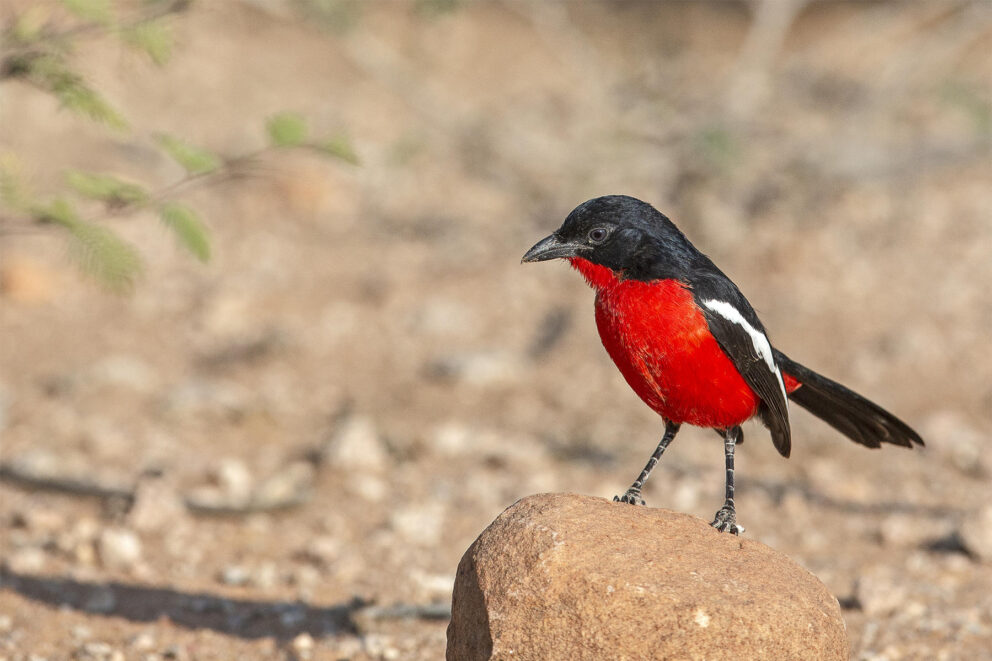
Known for its vibrant plumage and distinctive calls, the crimson-breasted shrike is a popular sight for birdwatchers. A small to medium-sized bird with a length of about 9 inches, crimson-breasted shrikes inhabit woodlands, savannas, thornveld, and scrubby areas and are well-adapted to semi-arid and arid regions. Their calls include a series of melodious whistles and warbles. Skilled hunters known for their sharp beaks, they prey mostly on insects such as grasshoppers, beetles, and caterpillars. They build cup-shaped nests and lay a clutch of 2-4 eggs, with parents sharing incubation duties.
8. Pel’s Fishing Owl
This impressive bird of prey is a large nocturnal owl species, with a length of about 25 inches and a wingspan of around 59 inches. It’s typically associated with riverine and riparian habitats, such as forested areas near swamps, and wetlands. Its diet consists mainly of fish, but it has also been known to feed on crabs, frogs, the occasional small mammal, and other birds. It has a distinctive and haunting call often heard echoing through the night. Breeding occurs in the austral summer and the female lays one or two eggs a season. Both parents share incubation and chick-rearing duties.
9. White-tailed Shrike
Known for its unique appearance, the white-tailed shrike is a medium-sized bird with a length of just under 10 inches. It has a mainly black head and upperparts, with a white collar across the back of the neck. Typically found in arid and semi-arid regions, this bird inhabits savannas, thornveld, and open woodlands. It’s a skilled hunter and will impale its prey on thorns or barbed wire, saving it for later. Its call includes melodious whistles and chirps, frequently heard during the breeding season. Females lay a clutch of 2-4 eggs, and the couple shares incubation and chick-rearing responsibilities.
10. Rosy-faced Lovebird
Famous for its striking appearance and strong social bonds, the rosy-faced lovebird is a small parrot that is often seen in small flocks in arid and semi-arid regions like deserts, savannas, and scrublands. Typically measuring about 6 inches in length, their stunning plumage is characterized by a bright green body and peach or rosy-colored face, extending from the forehead to the upper chest. These birds mainly feed on seeds, fruits, and flowers. They’re extremely vocal and communicate within the flock and with each other using chirps, whistles, and squawks.
The birdlife of Namibia is wonderfully varied, making it a hotspot for birdwatchers from around the world. Each species has adapted beautifully to its environment, which makes for an abundance of interesting sightings. Explore everything this stunning country has to offer on a tailor-made luxury safari tour. Speak to a safari expert at Discover Africa about planning a spectacular birding safari.






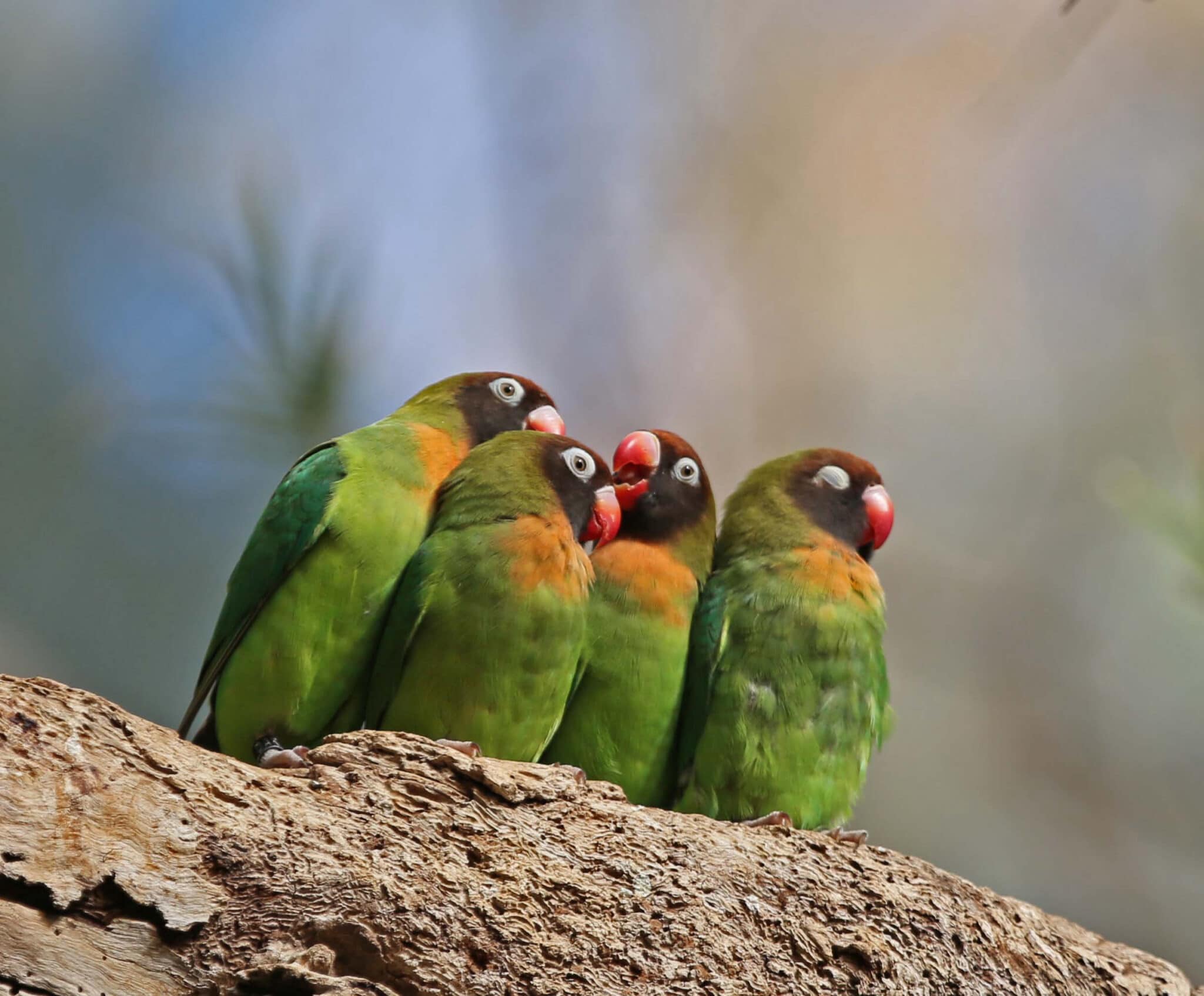
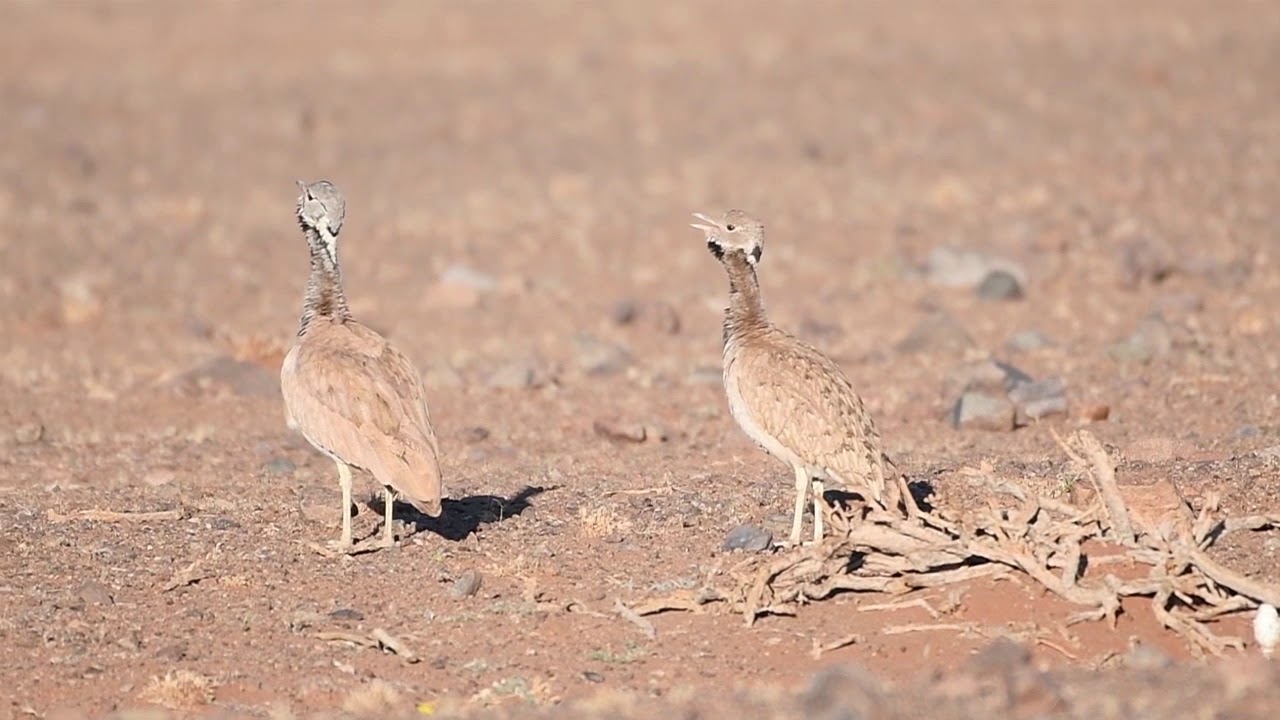
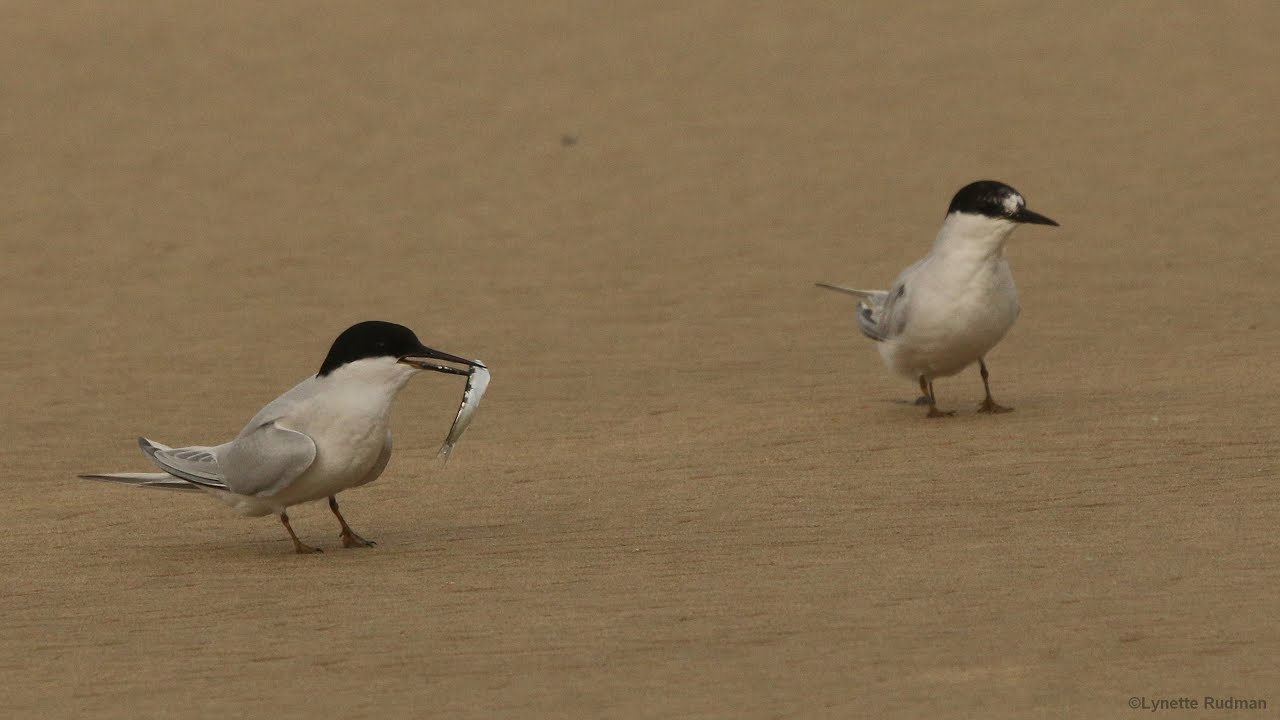


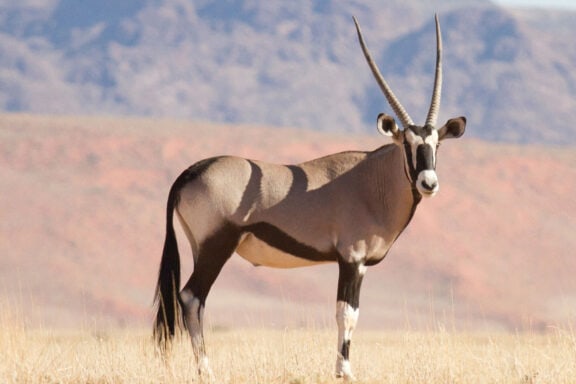


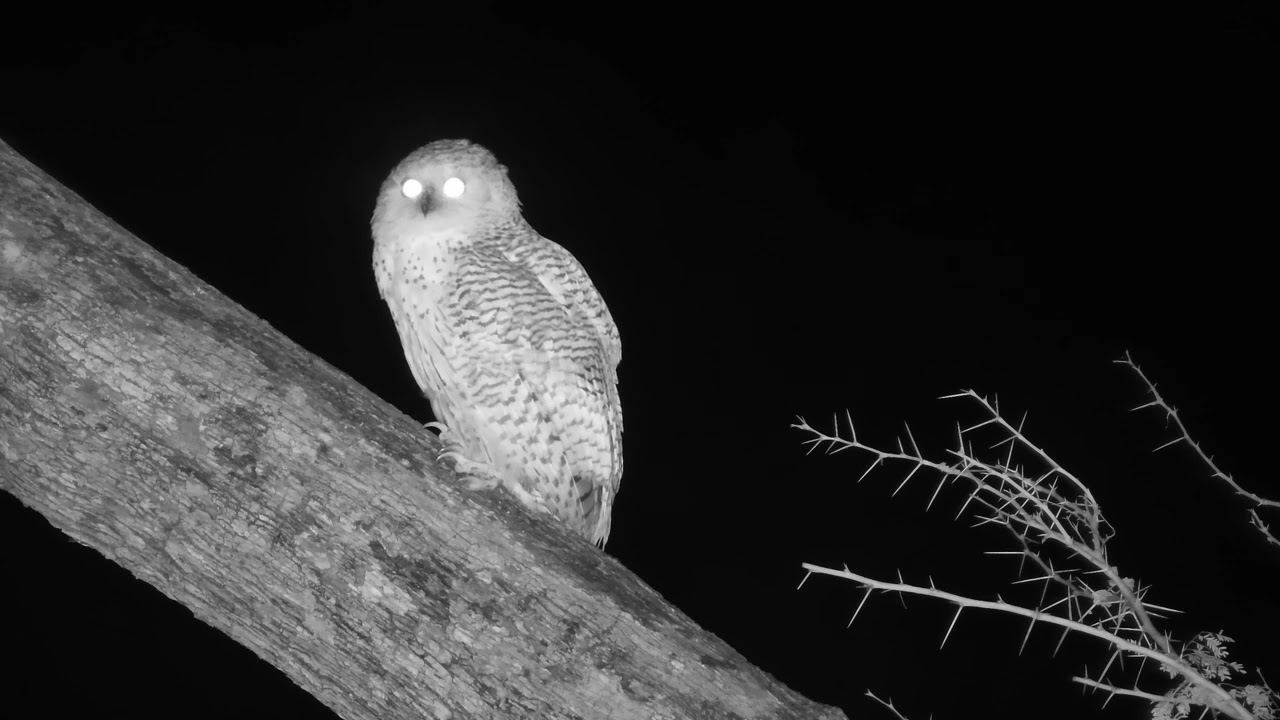
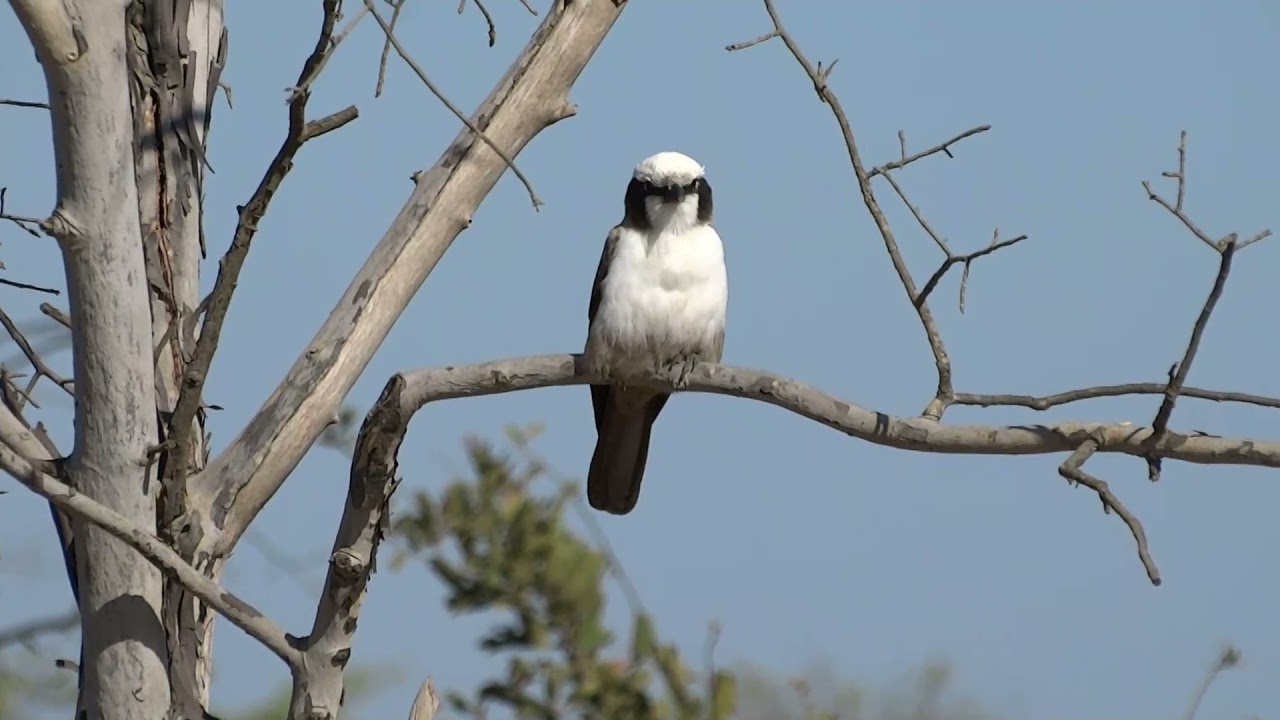
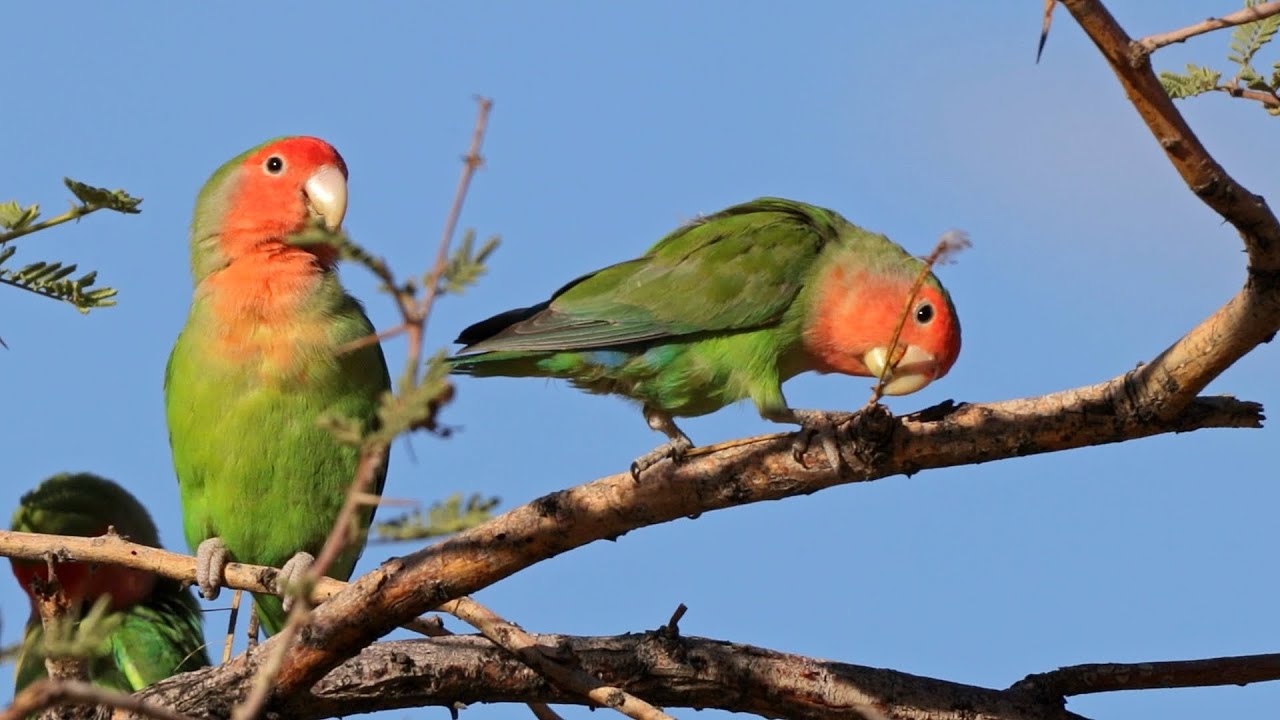


 Blog List
Blog List




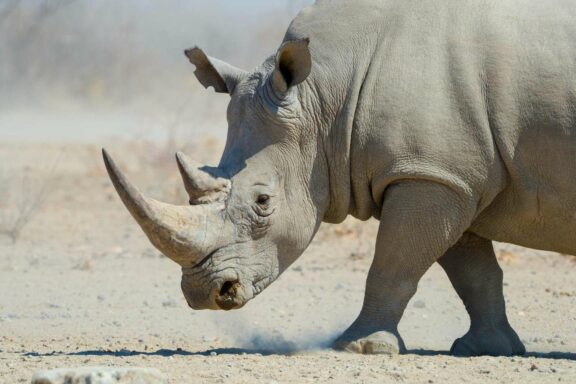





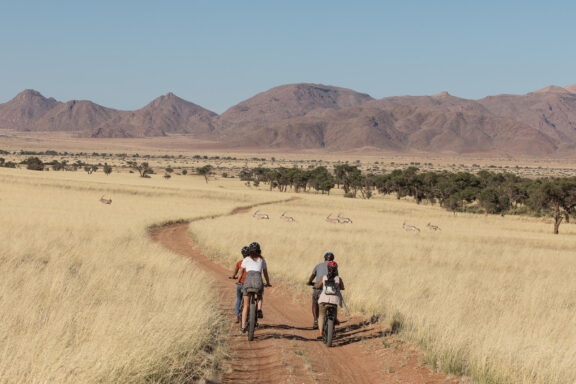
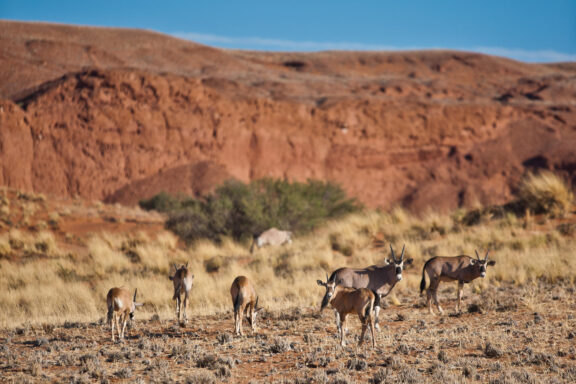
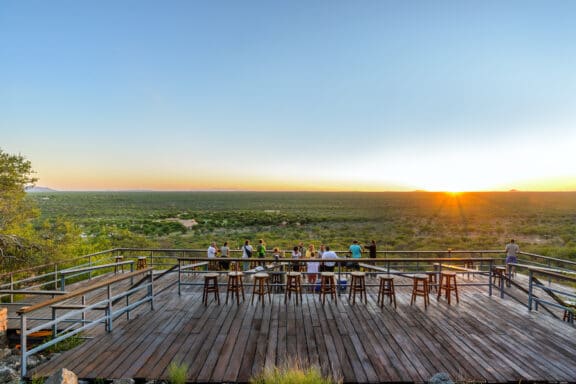








Written by Johnieka Holtzhausen
• Travel Writer
Verified by Matthys Van Aswegen
• Africa Safari Expert
Part of the Namibia Safari & Birding Safaris Collections